
The Timeless Charm of Downtown Cairo
Discover the timeless charm of Downtown Cairo, where history, culture, and modernity converge in the heart of Egypt's capital city.
Downtown Cairo, often referred to as 'Wust El Balad', is the beating heart of Egypt’s capital city. This historic area is a fascinating blend of old and new, offering visitors an unparalleled glimpse into Cairo’s vibrant past and dynamic present. Founded in the 19th century by Khedive Ismail, Downtown Cairo was designed to mirror the grand European cities of the time, particularly Paris. As you wander its streets, you’ll be enveloped by the grandeur of neoclassical architecture, wide boulevards, and the bustling energy of daily life. One of the main attractions in Downtown Cairo is Tahrir Square, a site of significant historical importance. The square has been a focal point for political and social events, most notably the Egyptian Revolution of 2011. Adjacent to Tahrir Square is the world-famous Egyptian Museum, home to an extensive collection of ancient Egyptian antiquities, including the treasures of Tutankhamun. A visit here is a journey through thousands of years of history and is an absolute must for any visitor. Downtown Cairo is also a cultural hub, teeming with theaters, cinemas, and art galleries. The Cairo Opera House and the Cairo Symphony Orchestra offer world-class performances, while smaller, independent theaters provide a platform for contemporary Egyptian artists. For those interested in shopping, the area boasts a mix of traditional souks and modern retail stores. Don’t miss the chance to explore the bustling streets of Talaat Harb, where you can find everything from high-end boutiques to local crafts. Food lovers will be delighted by the diverse culinary scene in Downtown Cairo. From street vendors selling koshari, a beloved Egyptian comfort food, to chic cafes offering international cuisine, there’s something to satisfy every palate. Be sure to stop by Groppi, a historic patisserie that has been serving delectable sweets since 1891. Whether you’re savoring a cup of traditional Egyptian coffee or indulging in a freshly baked pastry, Downtown Cairo promises a feast for the senses.
Local tips in Downtown Cairo
- Visit Tahrir Square early in the morning to avoid crowds and get the best photos.
- Wear comfortable shoes, as you'll be doing a lot of walking on uneven pavements.
- Take a guided tour of the Egyptian Museum to make the most of your visit and learn the stories behind the artifacts.
- Try the local street food, but make sure it’s from a vendor with good hygiene standards.
- Keep small denominations of Egyptian pounds handy for tips and small purchases.
The Timeless Charm of Downtown Cairo
Downtown Cairo, often referred to as 'Wust El Balad', is the beating heart of Egypt’s capital city. This historic area is a fascinating blend of old and new, offering visitors an unparalleled glimpse into Cairo’s vibrant past and dynamic present. Founded in the 19th century by Khedive Ismail, Downtown Cairo was designed to mirror the grand European cities of the time, particularly Paris. As you wander its streets, you’ll be enveloped by the grandeur of neoclassical architecture, wide boulevards, and the bustling energy of daily life. One of the main attractions in Downtown Cairo is Tahrir Square, a site of significant historical importance. The square has been a focal point for political and social events, most notably the Egyptian Revolution of 2011. Adjacent to Tahrir Square is the world-famous Egyptian Museum, home to an extensive collection of ancient Egyptian antiquities, including the treasures of Tutankhamun. A visit here is a journey through thousands of years of history and is an absolute must for any visitor. Downtown Cairo is also a cultural hub, teeming with theaters, cinemas, and art galleries. The Cairo Opera House and the Cairo Symphony Orchestra offer world-class performances, while smaller, independent theaters provide a platform for contemporary Egyptian artists. For those interested in shopping, the area boasts a mix of traditional souks and modern retail stores. Don’t miss the chance to explore the bustling streets of Talaat Harb, where you can find everything from high-end boutiques to local crafts. Food lovers will be delighted by the diverse culinary scene in Downtown Cairo. From street vendors selling koshari, a beloved Egyptian comfort food, to chic cafes offering international cuisine, there’s something to satisfy every palate. Be sure to stop by Groppi, a historic patisserie that has been serving delectable sweets since 1891. Whether you’re savoring a cup of traditional Egyptian coffee or indulging in a freshly baked pastry, Downtown Cairo promises a feast for the senses.
Iconic landmarks you can’t miss
The Egyptian Museum in Cairo
Explore the wonders of ancient Egypt at The Egyptian Museum in Cairo, home to treasures that tell the story of a civilization that shaped history.
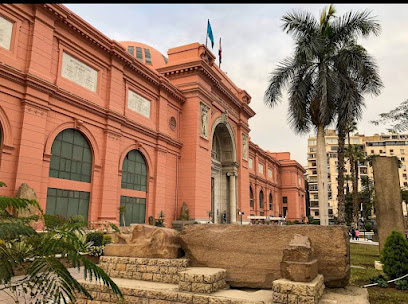
Cairo Tower
Experience the breathtaking views of Cairo and the Nile from the iconic Cairo Tower, a must-visit landmark showcasing Egypt's rich culture.

Talaat Harb Square
Discover the vibrant atmosphere of Talaat Harb Square, a historical landmark and cultural hub in the heart of Cairo.
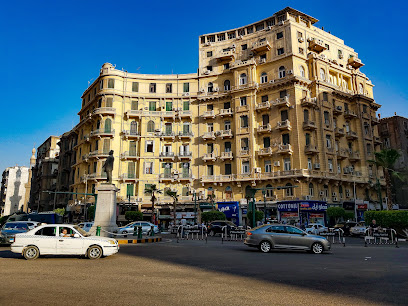
Statue of Abdel Moneim Riad
Discover the rich historical significance of the Statue of Abdel Moneim Riad in the heart of Cairo, a cultural landmark and tribute to Egyptian heritage.
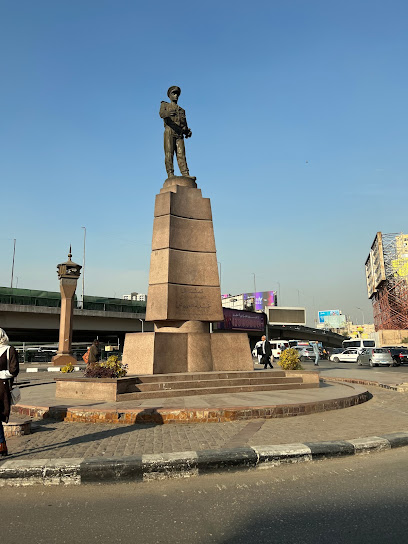
El- Tahrir Square
Discover the vibrant heart of Cairo at El-Tahrir Square, a landmark steeped in history and alive with culture, surrounded by iconic sites and local charm.

Townhouse Gallery
Explore Cairo's Townhouse Gallery: A vibrant space for contemporary art that connects cultures and inspires creativity.
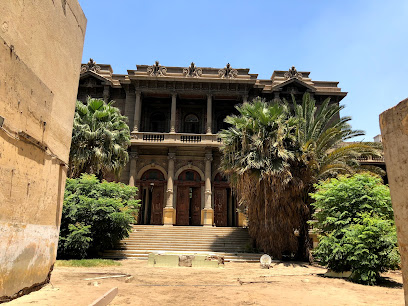
Auguste Mariette’s Memorial
Explore the serene beauty and historical significance of Auguste Mariette’s Memorial in Ismailia, a tribute to the father of modern Egyptology.
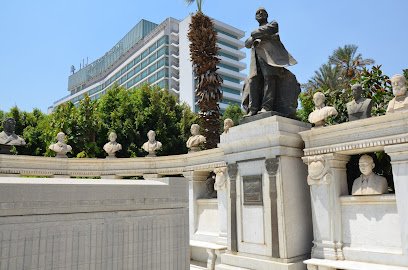
New Downtown du Cairo
Explore the vibrant streets of New Downtown Cairo, where modern architecture meets rich Egyptian culture and a unique culinary experience awaits.
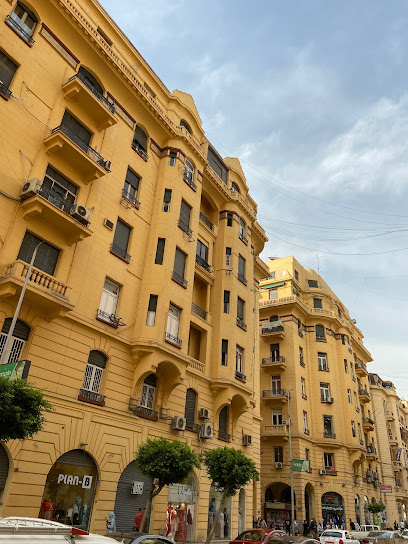
Greathive Aratel
Experience the architectural beauty and cultural vibrancy of Greathive Aratel, a captivating tourist attraction in the heart of Cairo.
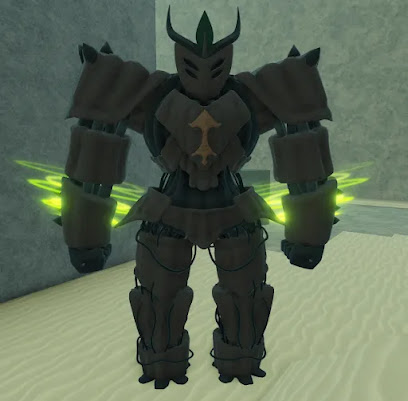
LOTE EL CAIRO
Experience the vibrant culture and artistic spirit of Cairo at LOTE EL CAIRO, a captivating tourist attraction in Qasr El Nil.

Unmissable attractions to see
Talaat Harb Square
Discover Talaat Harb Square, a vibrant historical landmark in Cairo, where culture, architecture, and local life converge in a stunning urban landscape.
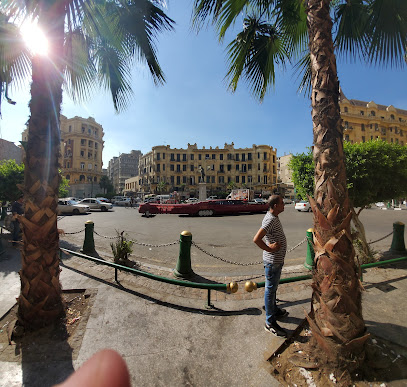
Prince Mohamed Ali Palace (Al Manial Palace)
Explore the majestic Prince Mohamed Ali Palace, a historical landmark in Old Cairo showcasing opulent designs and rich Egyptian heritage.

New Downtown du Cairo
Explore New Downtown Cairo, where modernity meets culture in a vibrant urban landscape, offering shopping, dining, and cultural experiences for every traveler.
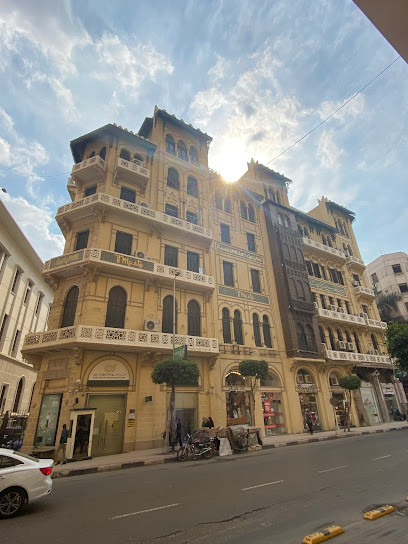
LOTE EL CAIRO
Experience the vibrant culture and culinary delights at LOTE EL CAIRO, a must-visit tourist attraction in the heart of Cairo.

Essential places to dine
Oldish ( Restaurant & Cafe )
Experience the essence of Egyptian cuisine at Oldish Restaurant & Cafe in Cairo - where every meal tells a story.

Eish + Malh
Discover Eish + Malh: A unique dining experience in Downtown Cairo blending delicious cuisine, artful ambiance, and live music.
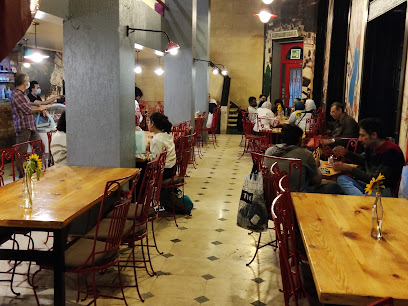
CaiRoma
Experience authentic Italian cuisine at CaiRoma, where every dish tells a story and every meal is a celebration.
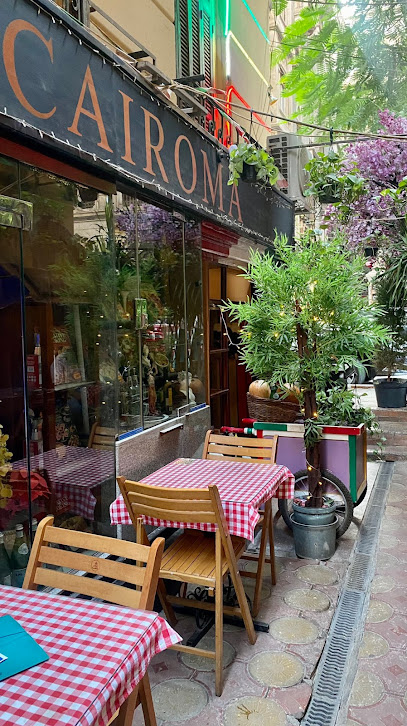
The Grill
Experience exquisite French cuisine at The Grill, located in Semiramis InterContinental, with stunning Nile views and elegant ambiance.
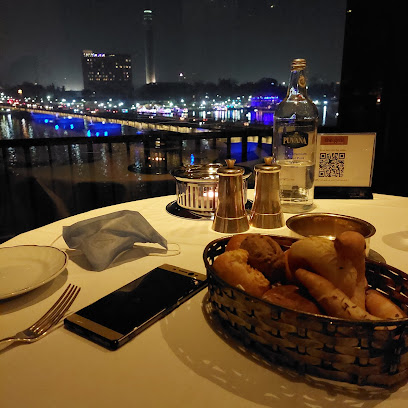
LE Grillon Restaurant & Garden Cafe
Experience fine dining at LE Grillon Restaurant & Garden Cafe in Cairo - where exquisite cuisine meets serene surroundings near iconic landmarks.
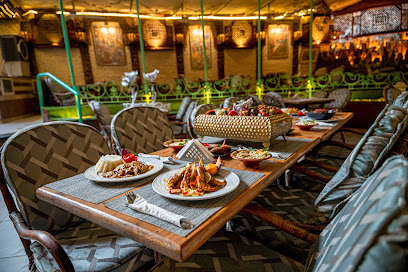
Pane Vino
Experience authentic Italian cuisine at Pane Vino in Cairo—where exquisite flavors meet breathtaking views of the Nile.

Birdcage
Experience authentic Thai flavors at Birdcage in Cairo's Semiramis InterContinental Hotel, where culinary artistry meets stunning Nile views.
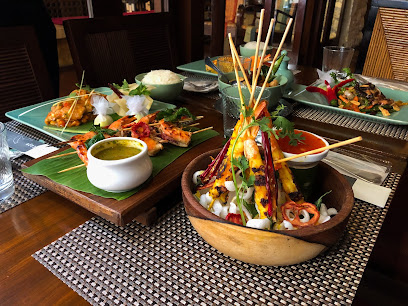
استوريل
Savor authentic Japanese izakaya cuisine at استوريل in Cairo—where delicious small plates meet vibrant nightlife.
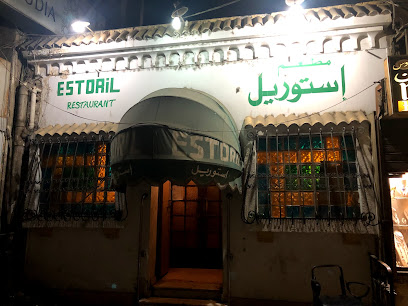
Sabaya by The Nile
Savor authentic Japanese izakaya cuisine by the Nile in Cairo's exquisite Semiramis InterContinental.
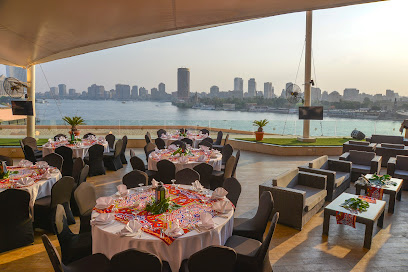
LA Chesa Restaurant
Experience authentic Egyptian cuisine at LA Chesa Restaurant in Downtown Cairo, where traditional flavors meet modern dining ambiance.
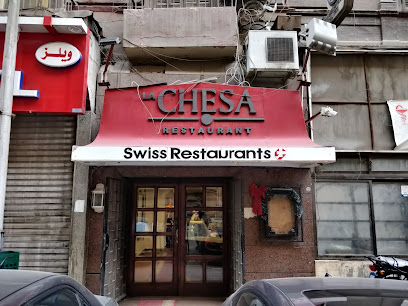
Markets, malls and hidden boutiques
ذا قاف - The Qaaf
Explore The Qaaf: A charming gift shop and clothing store in Cairo offering unique local crafts and stylish fashion in a vibrant atmosphere.
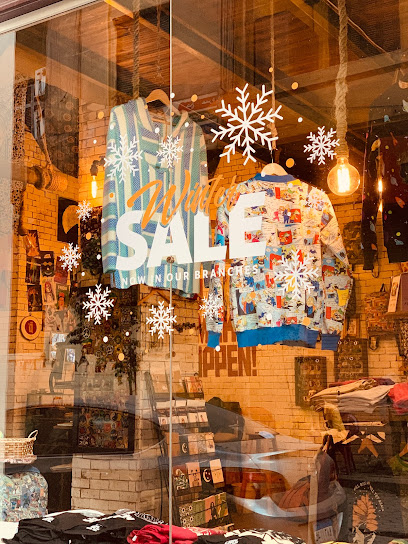
Oum el Dounia Gallery - ام الدنيا جاليري
Explore Oum el Dounia Gallery in Cairo for unique handcrafted gifts, art, and books celebrating Egypt's rich cultural heritage.
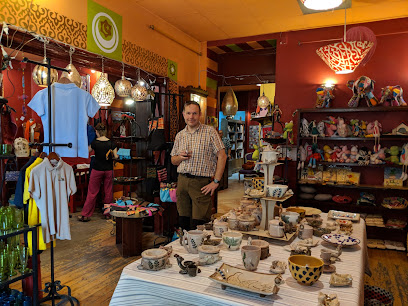
The thousand and one nights bazaar
Discover the charm of Cairo at The Thousand and One Nights Bazaar, where every corner reveals unique souvenirs and local treasures.
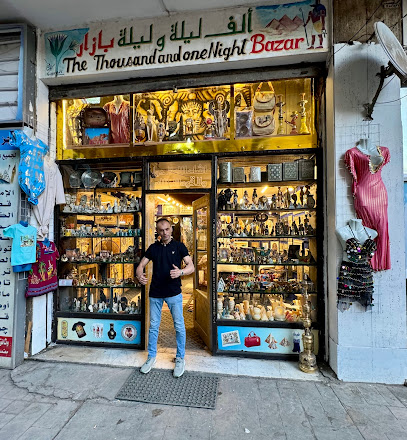
Egyptian Museum Gift Shop
Explore the Egyptian Museum Gift Shop for authentic souvenirs and exquisite local crafts that celebrate the rich heritage of Egypt.
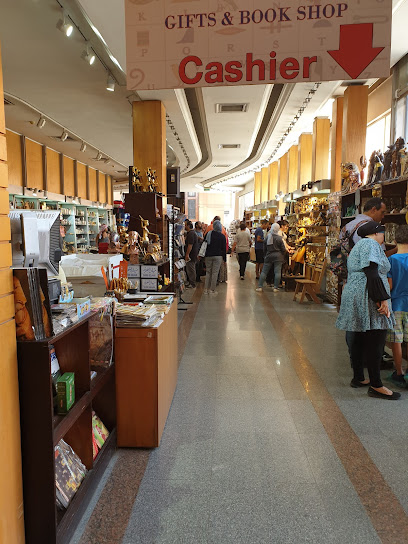
Khan al Khalili Bazaar - Souvenirs
Explore the historic Khan al Khalili Bazaar in Cairo, a vibrant marketplace filled with unique souvenirs, local crafts, and rich cultural experiences.
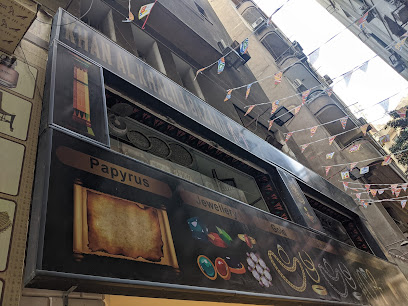
Scarabe
Explore the vibrant world of Scarabe, where unique Egyptian gifts and local handicrafts await to enrich your travel experience in Cairo.
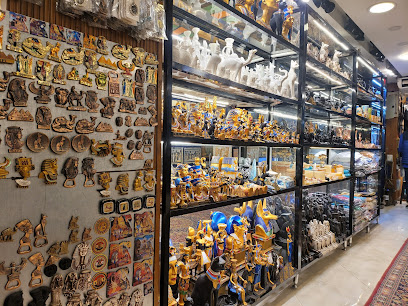
Oriental Bazzar
Explore Oriental Bazaar: Cairo's vibrant gift shop along the Nile, offering unique souvenirs and a taste of Egyptian culture.
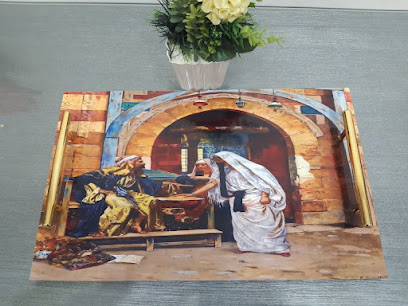
Kangaroo Shop
Explore the charm of Cairo through unique gifts and handcrafted treasures at the Kangaroo Shop, your perfect souvenir destination.

thrifted house
Thrifted House in Cairo: Discover unique vintage and contemporary fashion treasures in an eclectic clothing store.

Daw4a store
Explore Daw4a Store in Cairo for a unique blend of traditional and contemporary fashion that captures the essence of Egyptian style.

Essential bars & hidden hideouts
Cap D'or
Discover Cap D'or, a lively bar in Abdeen, Cairo, where exquisite drinks meet a vibrant atmosphere, perfect for unwinding after a day of exploration.
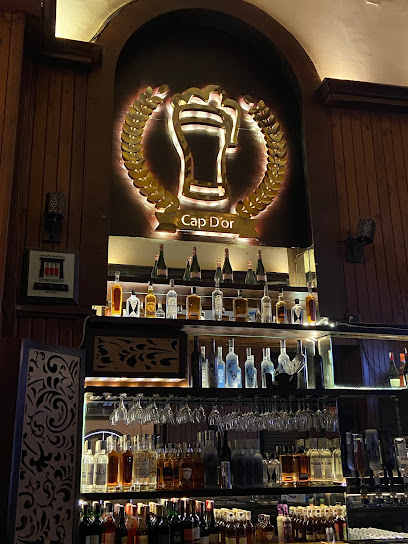
The Roof Garden
Discover tranquility at The Roof Garden, a premier lounge in Cairo offering stunning views, delightful refreshments, and a relaxing atmosphere.
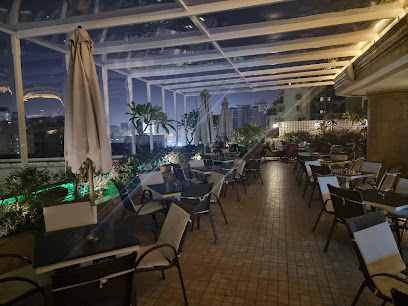
Odeon Palace Bar
Odeon Palace Bar: A lively hub in Cairo offering delicious drinks, local cuisine, and an unforgettable nightlife experience.
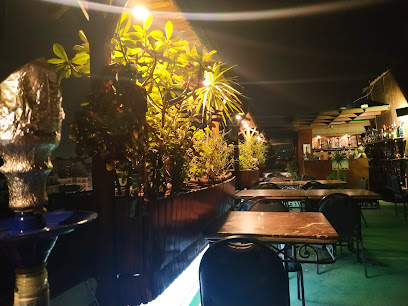
Stella Bar
Discover the lively atmosphere, affordable drinks, and welcoming vibe at Stella Bar, a must-visit spot in Cairo's vibrant Bab Al Louq neighborhood.
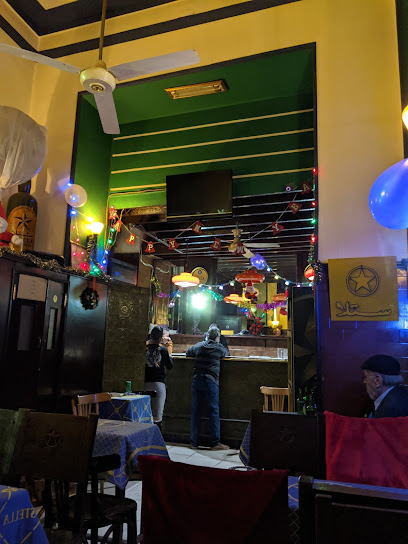
Le Comte Downtown Bar
Experience the vibrant nightlife of Cairo at Le Comte Downtown Bar, where local flavors meet international drinks in a stylish setting.
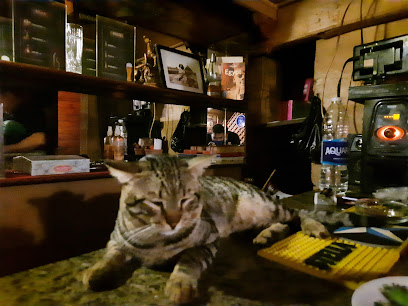
كاف دي كورينتوس بار
Discover the lively nightlife at كاف دي كورينتوس بار in Al Azbakeya, where exquisite drinks meet a vibrant atmosphere in the heart of Cairo.

Bar'Oro
Experience the elegance of Bar'Oro, a chic bar in Cairo offering stunning Nile views, crafted cocktails, and a vibrant atmosphere for a memorable night out.
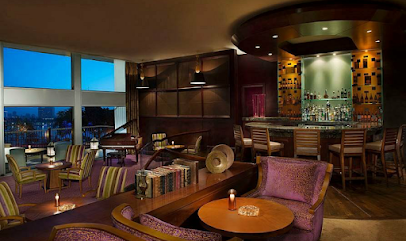
Cave De Corinthos Vintage Bar
Experience Cairo's vibrant nightlife at Cave De Corinthos Vintage Bar, where vintage charm meets lively ambiance for an unforgettable evening.
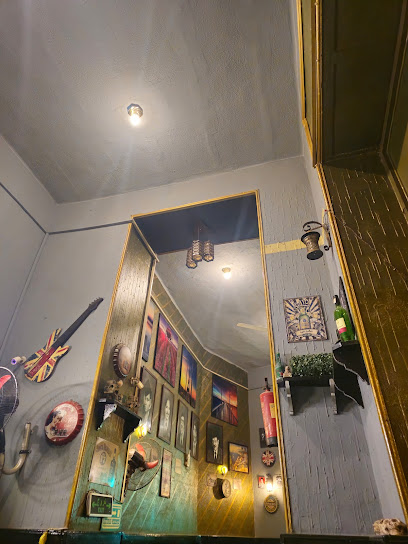
LE KAF DE CORANTOS BAR
Discover Cairo's nightlife at Le Kaf de Corantos Bar, where local charm meets vibrant energy in the heart of Downtown.

Aqua
Experience the elegance of Aqua at The Ritz-Carlton, Cairo, where luxurious ambiance meets stunning Nile views for an unforgettable bar experience.

Local Phrases
-
- Helloأهلاً
[ahlan] - Goodbyeوداعاً
[wada'an] - Yesنعم
[na'am] - Noلا
[la] - Please/You're welcomeمن فضلك
[min fadlak] - Thank youشكراً
[shukran] - Excuse me/Sorryعذراً
[a'zran] - How are you?أزي الحال؟
[ezay elhal?] - Fine. And you?تمام. وأنت؟
[tamam. want?] - Do you speak English?تتحدث الإنجليزية؟
[tatahadath al'inglizia?] - I don't understandلا أفهم
[la afham]
- Helloأهلاً
-
- I'd like to see the menu, pleaseأريد أن أرى القائمة، من فضلك
[uriid an ara alqa'ima, min fadlak] - I don't eat meatأنا لا أأكل اللحم
[ana la aakul allahm] - Cheers!في صحتك!
[fi sahtak!] - I would like to pay, pleaseأريد أن أدفع، من فضلك
[uriid an adfa', min fadlak]
- I'd like to see the menu, pleaseأريد أن أرى القائمة، من فضلك
-
- Help!النجدة!
[alnajda!] - Go away!امشي بعيد!
[amshi ba'id!] - Call the Police!اتصل بالشرطة!
[it'sal bialshurta!] - Call a doctor!اتصل بطبيب!
[it'sal bitalib!] - I'm lostأنا ضائع
[ana daa'ee] - I'm illأنا مريض
[ana mareed]
- Help!النجدة!
-
- I'd like to buy...أريد أن أشتري...
[uriid an ashtari...] - I'm just lookingأنا فقط أتفرج
[ana faqat atfarrag] - How much is it?بكام؟
[bikam?] - That's too expensiveده غالي أوي
[da ghaali awe] - Can you lower the price?تقدر تنزل السعر؟
[taqdir tunzil alsi'r?]
- I'd like to buy...أريد أن أشتري...
-
- What time is it?كام الساعة؟
[kam alsaa'a?] - It's one o'clockالساعة واحدة
[alsaa'a wahida] - Half past (10)نص العاشرة
[nis al'ashra] - Morningصباح
[sabah] - Afternoonمساء
[masa'] - Eveningمساء
[masa'] - Yesterdayأمس
[ams] - Todayاليوم
[alyoum] - Tomorrowغداً
[ghadan] - 1واحد
[wahid] - 2اثنين
[ithnayn] - 3ثلاثة
[thalaatha] - 4أربعة
[arba'a] - 5خمسة
[khamsa] - 6ستة
[sitta] - 7سبعة
[sab'a] - 8ثمانية
[thamaanya] - 9تسعة
[tis'a] - 10عشرة
[ashara]
- What time is it?كام الساعة؟
-
- Where's a/the...?وين الـ...؟
[wein al...] - What's the address?ايه العنوان؟
[aih al'anaan?] - Can you show me (on the map)?تقدر توريني (على الخريطة)؟
[taqdir tureeni (ala alkhareeta)?] - When's the next (bus)?ايه مواعيد الباص التالي؟
[aih mawaeed albas altali?] - A ticket (to ....)تذكرة (الى ...)
[tazkara (ila ...)]
- Where's a/the...?وين الـ...؟
History of Downtown Cairo
-
Downtown Cairo, known as Wust al-Balad, was developed in the 19th century under the rule of Muhammad Ali Pasha, who sought to modernize Egypt. The area was designed with wide boulevards and European-style architecture, marking a significant departure from the traditional Islamic urban layout. This period laid the groundwork for Cairo's development into a cosmopolitan city.
-
Throughout the early to mid-20th century, Downtown Cairo became a hub of intellectual and artistic activity. The establishment of cultural institutions like the Cairo Opera House in 1988 and the Egyptian Museum in 1902 attracted artists, writers, and thinkers. This era fostered a vibrant arts scene that contributed significantly to Egyptian national identity.
-
Downtown Cairo was a focal point during the Egyptian Revolution of 2011. Tahrir Square, located in this neighborhood, became the epicenter of protests against President Hosni Mubarak's regime. The square witnessed significant historical events, including mass demonstrations that ultimately led to Mubarak's resignation, symbolizing the struggle for democracy in Egypt.
-
The architectural landscape of Downtown Cairo reflects a blend of styles, from neoclassical to Islamic revival. However, in recent years, the neighborhood has faced challenges such as urban decay and overdevelopment. Preservation efforts have intensified to maintain the historical integrity of buildings like the iconic Abdeen Palace and the Egyptian Museum, which are key components of the city's cultural heritage.
-
Today, Downtown Cairo continues to be a vibrant cultural hub, hosting numerous art galleries, theaters, and cafes. The area has witnessed a resurgence in local activism and cultural initiatives aimed at reviving its historical character while embracing modernity. Events like the Downtown Contemporary Arts Festival highlight the neighborhood's dynamic role in Egypt's contemporary cultural scene.
Downtown Cairo Essentials
-
Downtown Cairo is easily accessible from various neighborhoods in the city. From Cairo International Airport, you can take a taxi or ride-hailing services like Uber, which are convenient and relatively affordable. If you're coming from Giza, the journey by taxi will take about 30-45 minutes, depending on traffic. For those in other neighborhoods, the Metro is an efficient way to reach Downtown Cairo, especially via the Sadat Station, which is located beneath Tahrir Square.
-
Downtown Cairo is best explored on foot, as many attractions are within walking distance of each other. The Cairo Metro is a fast and affordable way to travel, with several stations in the area. Buses and microbuses are available, but may be crowded and less comfortable for tourists. Taxis and ride-hailing services are widely used and can be a practical option for longer distances or late-night travel. Bicycles can be rented through local services, but be cautious of traffic conditions.
-
Downtown Cairo is generally safe for tourists, but it is advisable to stay vigilant, especially in crowded areas. Petty crime, such as pickpocketing, can occur, particularly around busy tourist sites like Tahrir Square and the Egyptian Museum. Avoid walking alone at night in desolate areas, especially around the outskirts. Always keep your belongings secure and be cautious when interacting with strangers.
-
In case of an emergency, dial 122 for police assistance or 123 for an ambulance. Keep a local emergency contact number handy. The nearest hospitals are available in Downtown Cairo, including the Kasr El Aini Hospital. It's advisable to have travel insurance covering medical emergencies. For minor health issues, local pharmacies can provide over-the-counter medications.
-
Fashion: Do dress modestly, especially in religious sites. Women should consider wearing long skirts and covering their shoulders. Men should avoid shorts. Religion: Do respect local customs and practices; when visiting mosques, remove your shoes and cover your head if required. Public Transport: Do give up your seat to elderly passengers. Don’t eat or drink on public transport. Greetings: Do greet locals with 'Salam' (Hello) and a smile. Don’t use overly familiar gestures unless you know the person well. Eating & Drinking: Do try local dishes and accept invitations to eat; it’s a sign of hospitality. Don’t drink alcohol publicly, particularly near religious sites.
-
To experience Downtown Cairo like a local, visit the local cafés and enjoy traditional Egyptian coffee or tea. Explore the vibrant markets, such as Khan El Khalili, where you can purchase handmade crafts and souvenirs. Engage with local vendors and practice your Arabic phrases; they often appreciate the effort. Don’t miss trying koshari, a popular Egyptian street food dish. Additionally, take a leisurely stroll along the Nile Corniche at sunset for spectacular views.
Nearby Cities to Downtown Cairo
-
Things To Do in Zagazig
-
Things To Do in Tanta
-
Things To Do in Beni Suef
-
Things To Do in Ismailia
-
Things To Do in Suez
-
Things To Do in Damietta
-
Things To Do in Port Said
-
Things To Do in Alexandria
-
Things To Do in Minya
-
Things To Do in Asyut
-
Things To Do in Dahab
-
Things To Do in Eilat
-
Things To Do in Beersheba
-
Things To Do in Aqaba
-
Things To Do in El Gouna













